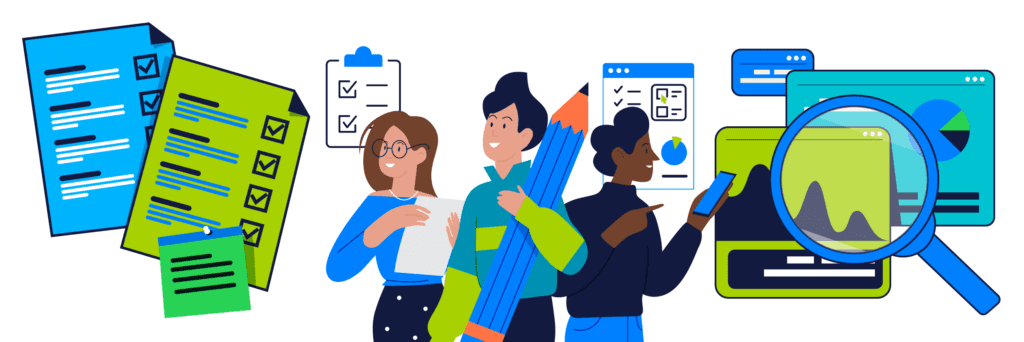Don’t Overlook Real-World Training, Tasks, and Checklists

The well-known and proven 70-20-10 learning model is a foundation of modern learning. Yet how effectively does your organization really deliver on the 70% job-related shoulder-to-shoulder training knowledge portion of the model? At Inkling, we often hear from our customers and prospects that there are several challenges that prevent them from being fully effective at optimizing this critical part of learning, especially for decentralized, frontline workers. We explore some of these challenges below.
Digital Support and Tracking of Experiential Learning
Often, the best type of training for frontline workers is peer-to-peer and shoulder-to-shoulder training by working closely with a supervisor or a more experienced employee on the job. This peer-to-peer training is invaluable since it:
- Demonstrates and reinforces what was learned in the classroom or through eLearning
- More importantly, it provides hacks, tricks, and best practices based on real-world experience not taught in initial training
The challenge for frontline training teams is how to ensure consistency and track completion of this type of experiential learning and shoulder-to-shoulder training because it’s usually in an employee’s head, or it’s tracked using paper if at all. By taking this type of frontline employee training and providing a digital guide for more experienced employees to follow as they train new employees, your training team gets visibility into not only the usage of the guide but also when and how long it takes to complete this kind of training so you can back to business metrics.
Digital support and delivery of experiential training are possible. It’s also essential to understand the delivery, consistency, and impact of this kind of training, rather than hoping for the return of paper training records or checklists from hundreds or thousands of locations.
Employee Learning is Often More Than Just Classes and Training
Everyone knows that practice and repetition are critical for learners to truly develop and hone skills, so why do we usually consider someone fully trained when they just complete a class? Why not combine ongoing microlearning and training with operational tasks and checklists that employees use every day?
Frontline employees use checklists and tasks every day to:
- Drive consistency
- Improve safety
- Deliver good customer experiences
Often, however, these tools are entirely separate and detached from knowledge or training systems. Many companies realize that if you can embed microlearning and refresher training into these everyday tasks and checklists, employees feel more confident, training gets reinforced, and tasks get completed correctly more often.
On-Demand Employee Learning for Operational Learning Agility
In today’s challenging talent war, it’s not unusual for companies to run short-staffed. So, how do you get 15 frontline workers to cover the work of 20 people? Part of the answer is agile, on-demand cross-training, upskilling, and reskilling. With this training strategy, frontline employees can quickly:
- Learn new tasks on the fly
- Train to fill in with different groups
- Work across departments that are short-staffed for the day
The key is powerful search and short-form content such as a video, interactive diagram, or checklist embedded with training that enables your cashier to close down the salad bar or allows an employee with less experience to quickly step and do a new job.
Traditional learning management systems are powerful and useful but often can’t meet decentralized, frontline workers’ unique needs. To discover what solution might be the best fit for your needs try our interactive solutions guide.
